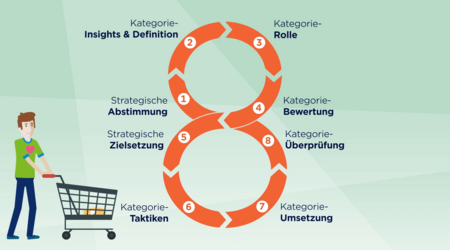Category management process
Become a shopper favorite.
Category management describes a process in which retailers and manufacturers are involved and product groups or categories are managed as strategic business units. Both in stationary retail and in e-commerce. The aim is to increase customer satisfaction and demand through category strategies - and thus successfully generate more growth and sales. The ideal opportunity for retailers and manufacturers to improve their image and differentiate themselves from the competition.
In the video, you will learn in just under two minutes how you can become your shoppers' favorite with a well thought-out category management process.

We are celebrating 20 years of GS1 Category Manager®
At GS1, we celebrate the good relationship between retailers, manufacturers and shoppers every day - but this year in particular. Happy shoppers who come back is a philosophy that we understand as "shopper love". And exactly 20 years ago, we laid the foundations for spreading shopper love everywhere: With our first training course, the Certified GS1 Category Manager® course. Because the biggest lever for making shoppers' hearts beat faster is successful category management.
Four principles as the basis of category management
The 8-step category management process
The 8-step category management process, which is now used worldwide, is the strategic framework for category management and facilitates cooperation between retailers and manufacturers. The aim: efficient category management through a systematic approach.
In 2021, the tried-and-tested 8-step category management process was reviewed, supplemented and updated together with leading retail and industrial companies in category management. The basis remains the same: eight steps that are considered one after the other when starting a category management cooperation and answer important questions.
How can category management partners work together successfully?
Before the start of the joint category management project, potential partners meet for strategic coordination. Both sides prepare separately by setting out their organizational framework, goals and expectations in a strategy paper. This serves as the basis for a kick-off meeting at which the most important parameters for cooperation in the category management project are defined. The aim is to
identify, evaluate and ideally resolve potential conflicts at an early stage. Even if the coordination involves considerable effort for retailers and manufacturers, it helps to avoid future conflicts and delays and accelerate the project.

What do shoppers expect from the category and how is it structured?
As part of the strategic coordination, all strategic, legal and organizational issues for the category management project were clarified so that operational implementation can now begin. In the next step of the 8-step process, the focus is on the category definition from the perspective of shoppers and consumers. The aim is to understand the needs and expectations of the category as well as the purchasing decision process. Another goal is to agree on the relevant articles and the structure of the category. This is based on category insights from quantitative and qualitative shopper and consumer research.
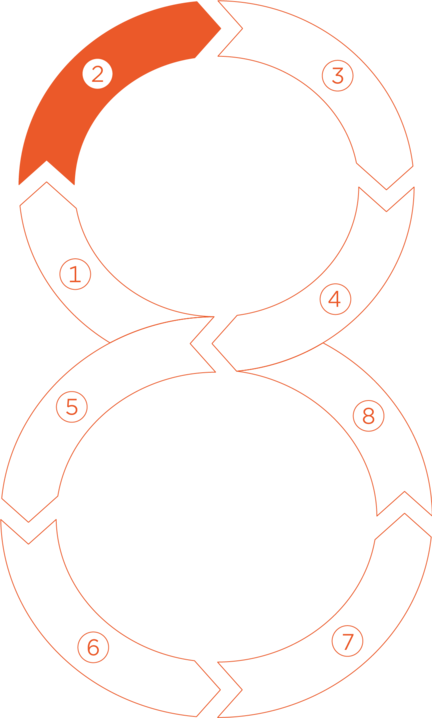
How important is the category for retailers?
The third step in the 8-step category management process involves the assignment of the category role by the retailer. The role describes the strategic relevance of the category for the retail company, defines the priority of the categories in the portfolio and consequently determines the optimal allocation of resources. Category roles are based directly on shoppers' purchasing behavior - for a consistent focus on their needs. A clear category definition sets the medium-term framework for all category-related goals and is one of the most important strategic decisions in the category management process.

Where is the greatest potential for sales growth in the category?
In the category assessment, sales growth potential is identified and prioritized. The process is divided into three phases:
- Creation of a database
- Calculation of growth potential and identification of key areas for analysis
- Detailed analysis of the category building blocks
A fundamental understanding of the key shopper figures relevant to category management is the basis for all analyses within the scope of category evaluation.
What are the objectives of the category?
In the fifth step of the process, the strategic direction of the category management process is determined and quantitative targets for the category are set.
The basis for this is the category strategy matrix, an analysis tool that was used to determine strategic fields of action in the fourth step and is now specified. The target definition is the basis for measuring category success and is looked at again in the eighth step, the category review.

What measures can be used to achieve these goals?
Category tactics comprise four marketing instruments that are relevant to category management: Assortment, placement, promotion and communication. In this step, specific optimization measures are derived that contribute to the strategic objective. Starting with the "Assortment" tactic, those items are first identified that represent the optimal assortment for the retailer in question in the category. It is then transferred to an optimal shelf placement. Adjustments can be made several times until the ideal placement is found. In addition, sales promotion measures such as promotion and communication can be used to support the category objectives. Pricing is also an important aspect that retailers should consider.
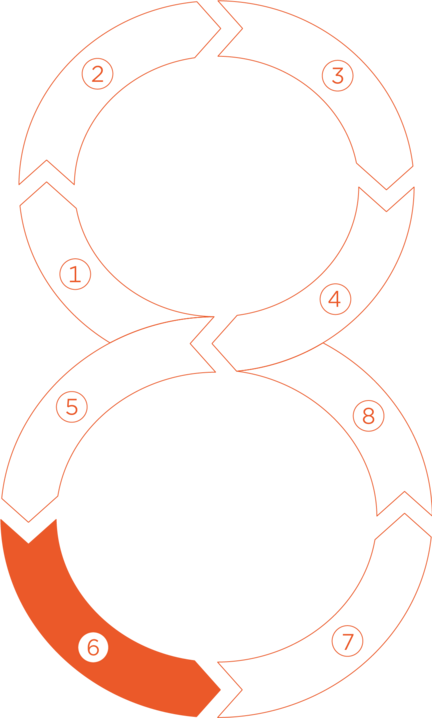
How is it implemented at the point of sale?
In the penultimate step of the process, category implementation, the previously developed category plan is gradually implemented at the point of sale (PoS). This involves implementing changes to the product range and placement on the sales floor as well as activating promotions and communication measures. In other words, the measures developed in the category management process become visible to shoppers at the point of sale for the first time.
This step is often referred to as the "moment of truth": Only after implementation across the board can it be assessed whether the concepts have been well received by shoppers and whether the objectives have been achieved. In short: whether the category management cooperation was successful.
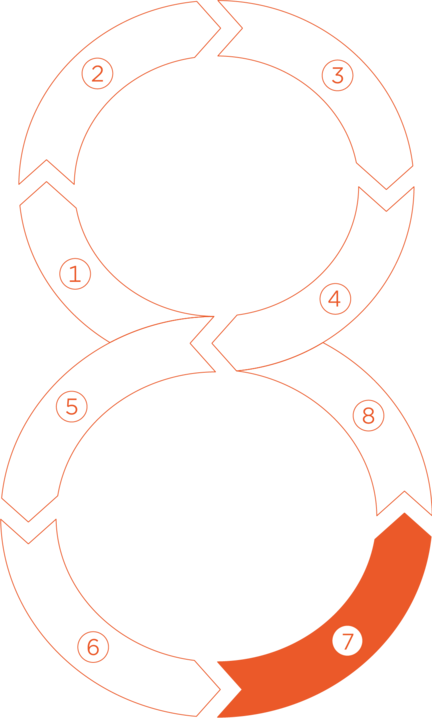
Were the targets set achieved?
The final step of the 8-step category management process, the category review, is about evaluation: Have the category goals jointly defined as part of the cooperation been achieved? This is done by regularly comparing the current situation with the defined key figures from the strategic objective or using the target scorecard.
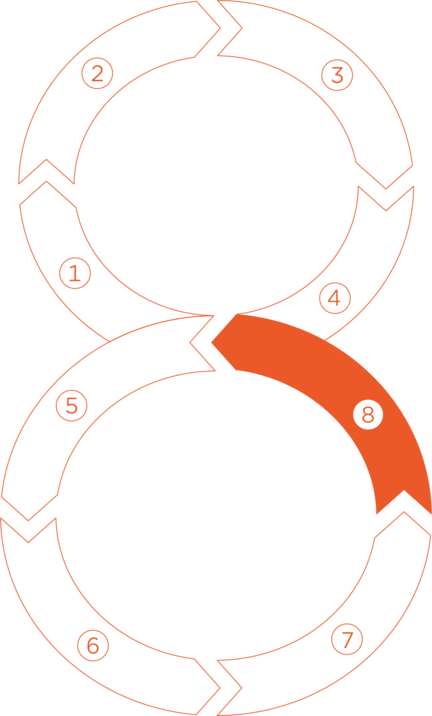
The new standard work for category managers
Increasingly dynamic market structures and constantly changing purchasing behavior on the shopper side require enormous flexibility in category management. Together with the ECR Demand Side expert group, GS1 Germany has revised the standardized 8-step CM process and made it so agile that it meets the requirements of the times. For more success at the point of sale.

Do you have questions about category management or would you like individual advice with an offer tailored to you by our team of experts?



